Facts
Every year, 150 MILLION+ fur-bearing animals are brutally murdered by the fur trade, including domestic cats and dogs, + 1 BILLION rabbits killed annually for their skin.
Custom will reconcile people to any atrocity and fashion will drive them to acquire any custom. – George Bernard Shaw
Every year, the international fur trade murders upwards of 100 MILLION fur-bearing animals, including domestic cats and dogs, killed without mercy so that their fur can be made into “products” for the fashion industry. This annual count does not include rabbits, which the United Nations reports to be at least 1 BILLION killed each year solely for their fur, which is used in clothing, as lures in fly-fishing, and for trim on craft items and other incidentals.
The fur trade is criminal, inflicting horrific torture upon its innocent victims. Fur farmers care only about profit – preserving the quality of the fur by using slaughter methods that keep the pelt intact, which results in extreme suffering for the animals. These sentient beings are strangled, gassed, suffocated, anally electrocuted, their necks broken and even skinned alive, and there are no governing laws to protect them.
- China is the world’s largest exporter of fur and more than half of finished fur garments are sold in the United States. Unbeknownst to most, China is also the mecca of the cat and dog fur trade. It is estimated that over 2 million domestic cats and dogs are killed every year in China alone (mostly stolen pets and homeless strays), brutally murdered for fur-trimmed clothing and accessories (even trinkets and pet toys), which is exported under false labeling to North America and Europe. There are no regulations governing fur farms resulting in horrific death in the most unconscionable ways.
- No federal humane slaughter law or restrictions exist to protect fur-bearing animals and killing methods are gruesome, resulting in unbearable torment and excruciating deaths of innocent animals who watch their fellow cage mates as they are brutally killed in front of their innocent eyes.
- The globalization of the fur trade has made it impossible to know where fur products come from. Even if a fur garment’s label says it was made in a European country, the animals were likely raised and slaughtered elsewhere – in a majority of the cases, on an unregulated Chinese fur farm.
- Contrary to fur industry propaganda, fur production destroys the environment. The amount of energy needed to produce a real fur coat is approximately 20X more than needed to produce a fake fur garment, nor is fur biodegradable due to the chemical treatment applied to stop the skins from rotting. The process of using these chemicals is also dangerous because it causes water contamination.
I hold that, the more helpless a creature, the more entitled it is to the protection by man from the cruelty of man. – Mohandas Gandhi
Would you wear your dog or cat? Unbeknownst to most, the majority of fur-trimmed items (even pet toys and trinkets) labeled as “faux fur” or “synthetic” is likely real fur, mostly from cats and dogs. It is estimated that more than 10 million dogs and 4 million cats are murdered each year for their fur and meat in China, where there are no governing laws to protect animals. Their fur is considered a ‘cheap source’ because the animals are usually homeless strays, stolen pets or used for food. Subsequently, the fur is exported under false labeling to Western countries and used in the Chinese domestic market.
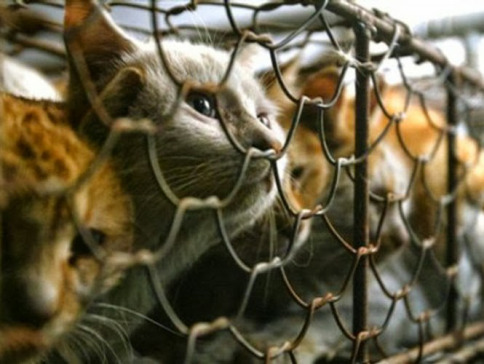
China is the mecca of the dog and cat fur trade, which murders millions of domestic animals every year, mostly stolen pets and homeless strays.
Canada’s annual seal ‘hunt’ is the world’s largest commercial slaughter of marine mammals on the planet (with the exception of a few years in which the Namibian fur seal massacre took more lives). Baby seals are clubbed and brutally slain for their fur. Over 95% of the pups murdered are 12 weeks to 3 months of age, so young that they have not learned to swim, the majority killed before they have eaten their first solid meal, mercilessly skinned alive in their own nurseries.
Veterinary reports conclude that the fur trade inflicts “unacceptable suffering” with many animals skinned alive while still conscious and able to feel pain.
The Namibian seal cull is regarded as the cruelest in the world, which slaughters 85,000 Cape fur seal pups every year (for their pelts) and 6,000 Cape fur seal bulls (killed for their genitals, considered aphrodisiacs in parts of Asia). During this massacre, nursing Cape fur seal pups are separated from their mothers, rounded up on the Namibian beaches where they are born (which are considered seal ‘reserves’) and clubbed and stabbed by a dozen or a few dozen men. The sheer terror of the slaughter causes pups to vomit their mother’s milk in fear. This causes panic among the seal colony, while seal mothers escape into the ocean, sometimes abandoning their pups.
If you have men who will exclude any of God’s creatures from the shelter of compassion and pity, you will have men who will deal likewise with their fellow men. – Saint Francis of Assisi
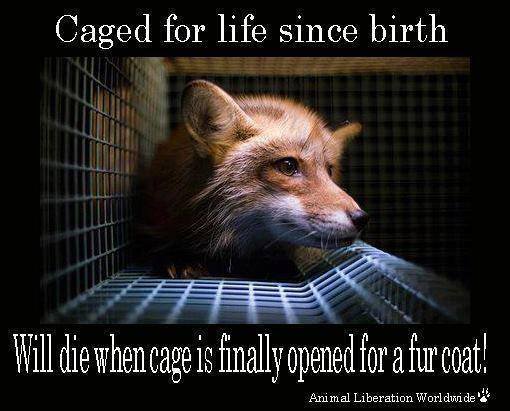
Most of the world’s farmed fur is produced by European farmers with over 6,000 fur farms in the European Union. The EU accounts for 63% of global mink production and 70% of fox production. Denmark is the leading mink-producing country, accounting for approximately 28% of world production. Other major producers include China, the Netherlands, the Baltic states, and the U.S. Finland is the largest U.S. supplier of fox pelts. Major export markets include China, Russia, Canada, and the EU. Exports to Asia as a share of total exports continues to grow and flourish.
There are hundreds of fur farms in the United States – Wisconsin is the leading mink-producing state (generating well over 1 million pelts per year), followed by producers in Utah, Idaho, Oregon and Minnesota. There are approximately 275 mink farms alone in 23 states across the USA that produce about 3 million pelts annually, with a value of more than $300 million USD (2013).
Trapping is still legal in the U.S. and Canada. Fur-bearing animals are caught and killed in barbaric body-gripping traps. Each year, millions of fur-bearing animals are trapped and killed for greed under the guise of “nuisance wildlife control” and millions more murdered in the name of fashion. Both targeted and non-targeted animals (including companion animals and endangered species) fall victim to these barbaric traps, as they suffer a slow, painful and agonizing death.
The cruelty and torture inflicted upon defenseless animals is an aberration of justice and a violation of the innocent at its core.

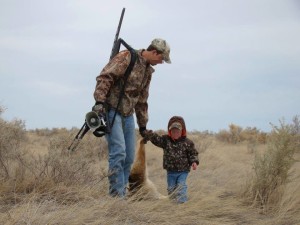
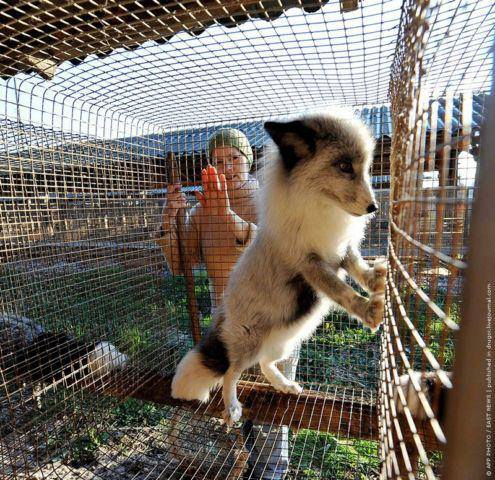
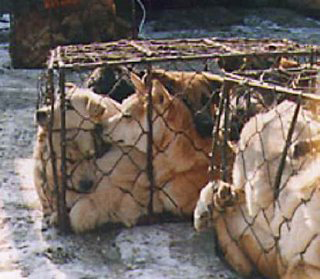
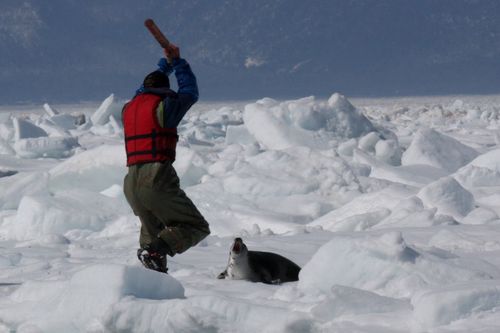
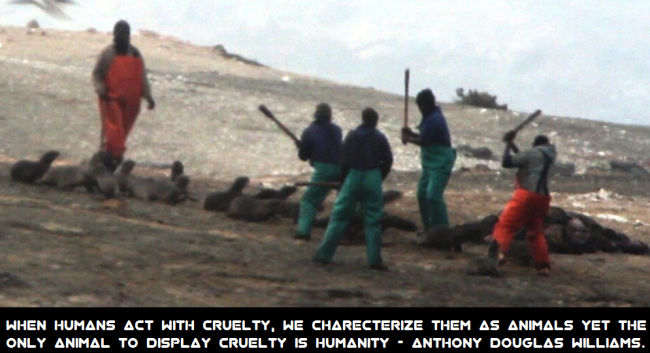
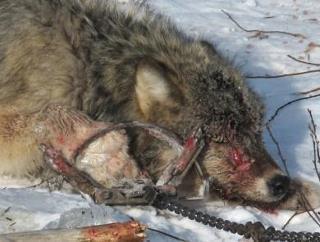

Recent Comments